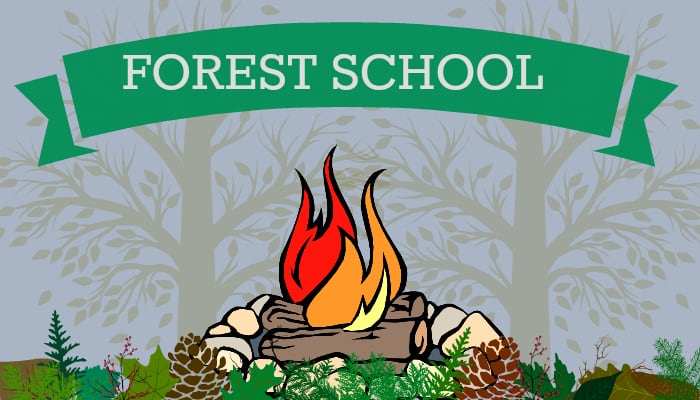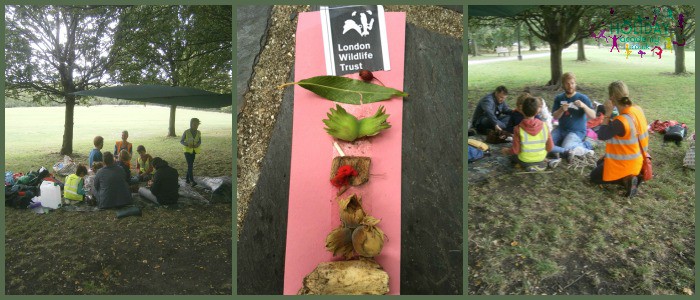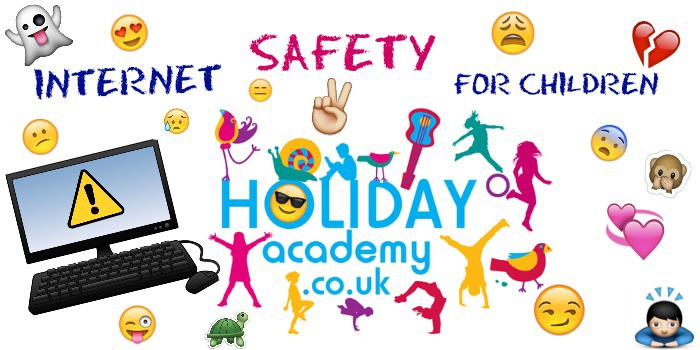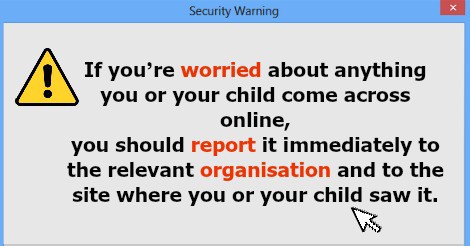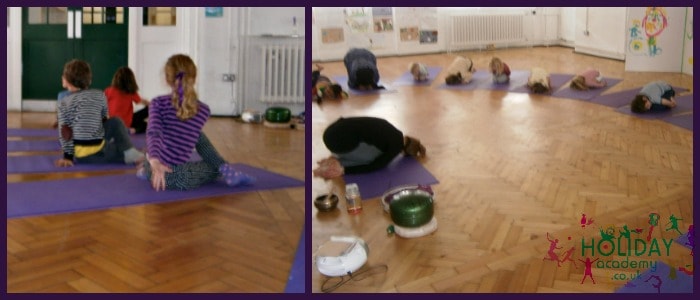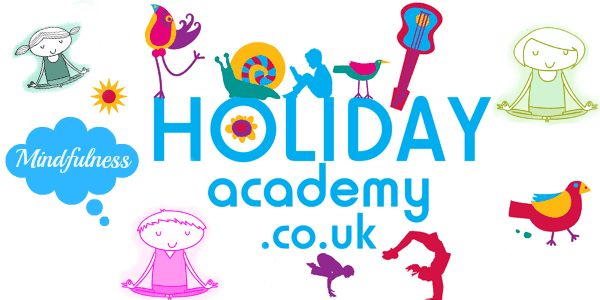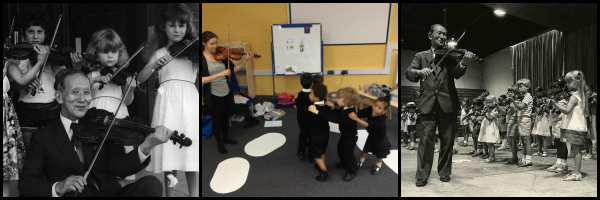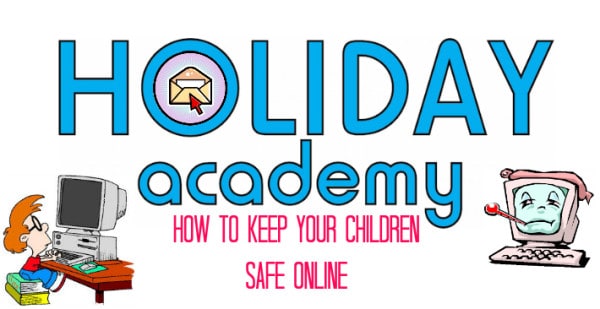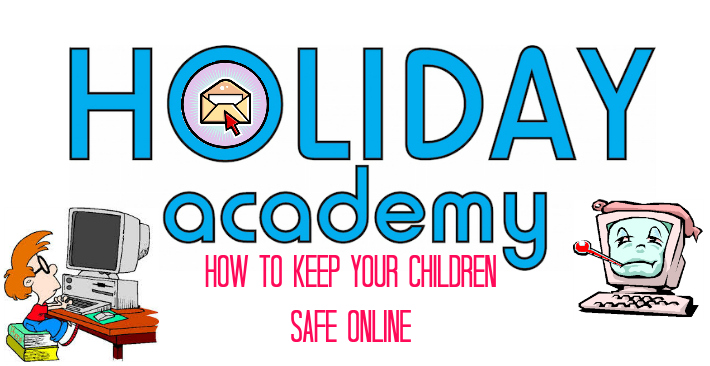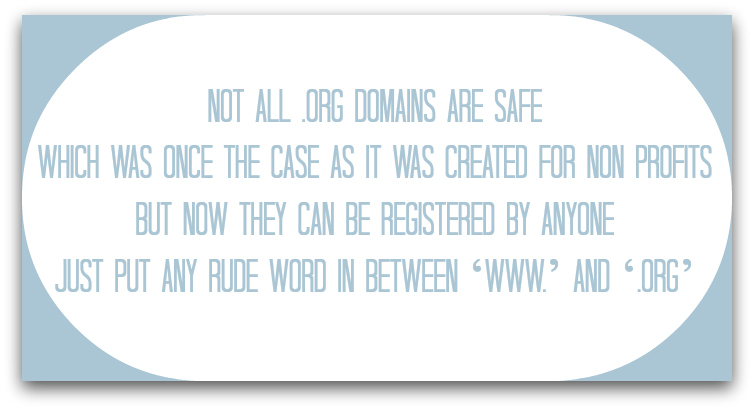Since we introduced Forest School in London for ages 6+ at Holiday academy it had had a great response. That’s why we’ve now decided to run Forest School for along side each Holiday Academy camp. We offer an outdoors experience in the wild/wilder spaces of NW London with trained Forest school leaders from 10am-4pm with wrap around care if required. The activities include den/shelter making, fire making, tool use, nature arts and crafts, team building games (e.g. bat and moth!) mud slides and eating your lunch up a tree! A perfect antidote to spelling tests and times table. The children return with rosy cheeks and muddy trousers having had tons of fresh air and exercise. It’s a perfect way to make friends! Drop off and pick up are from the Holiday Academy venue so perfect if you have younger children going to the Holiday Academy day-camp.
Our Forest school leaders, Jane Worroll and Peter Houghton have written a superb book with amazing illustrations, ‘Play the Forest school Way’.
Find out more about our Forest School Programme here. Come and join us!
What is Forest School?
Forest School Training in London is an inspirational alternative learning experience that takes outdoors in natural settings and across all seasons. Throughout a carefully planned programme of achievable tasks, play and activities, each participant has an opportunity to learn about and connect with the natural environment. For children today who may have limited opportunity to explore and be part of the nature world, Forest School can be the link to investigating and experiencing these magical places.
How it all started!
The Forest School Training movement in England was kickstarted by Bridgwater College, which established the first Forest School in Somerset in1993 after an inspiring trip to Danish nurseries run on Scandinavian Firlufts liv (open air life) principles. Since then, the Forest School Association charity has helped thousands of teachers and other professionals undertake Forest School training.
Forest School is a long-term approach to education for children and young people that maximises the benefits of learning in the outdoors. Forest School offers children the opportunity to engage with the rich natural diversity of the woodland environment to help build confidence, sensitivity, resilience and curiosity. The Forest School approach to learning in the outdoors is rooted in the key progressive education theorist of the past 150 years; from Froebel to Steiner, Vygotsky to Montessori; and Dewey to Gardeer. All of these theorists put the child at the centre of their own learning and underline the importance of children being allowed to explore the world with appropriate support.
Learning from the outdoors :)
Participating in Forest School London sessions can lead to the development of a healthier lifestyle as the children are physically active most of the time. During the sessions the children will participate in activities that will teach them how to work in teams and how to become more independent. Carrying out small achievable tasks or exploring ‘on your own’ (under the watchful eye of Forest School teachers and staff of course!) will help the children develop their confidence and teach them how to problem solve. Studies have looked at Forest School’s positive impact on confidence and dispositions for learning. A Scottish study recently found activity levels 2.2 times higher in a Forest School day than during a regular school day that included PE lessons!
Forest school can be particularly effective for children who don’t do well in classroom environments as they can take their new found self-confidence into school and other areas in their lives. Growing up in urban areas, many children are unfamiliar with woodlands. Forest School re-connects children to nature and hopefully forms a basis for a life-long relationship with their natural environment.
It sounds idyllic but yet it could trigger some parental alarm bells: what about the tools and the cold weather? The mantra that seems to be on the forefront of all Forest Schools is: ‘There is no such thing as bad weather, only inappropriate clothing. If the children can brave the weather in Scandinavian countries in -10C, your child will be fine if they are wearing appropriate outdoor clothing. What about fire and tools? All the children are closely supervised when working with tools and fire. Part of the education in Forest School is safety training so that each child will learn how to use the tools responsibly and how to be safe at all times. Find out more about Holiday Academy’s Forest School program here.
References
www.muddyfaces.co.uk
www.forestschooltraining.co.uk
www.theguardian.com
